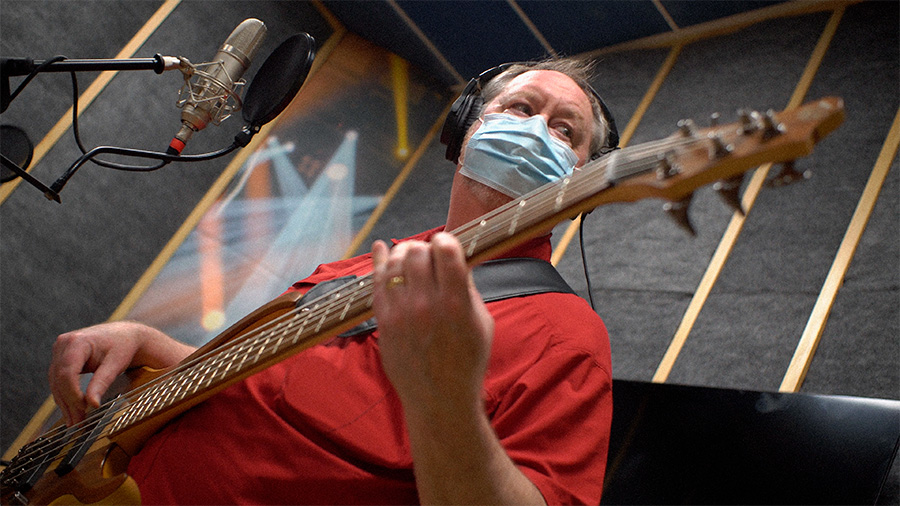Another day and another great question from Acoustic Panels Art customer!
What is Early Reflection in reverb? How to decrease reflection level?
Imagine standing in a room an hearing someone else clap (or maybe even do that in the real world). Digital reverb models the ways that sound can take until it reaches you. The first signal that hits your ears will just travel in a direct line from the other persons hands to your ears. That’s your direct signal. The second thing that will hit your ears will be something that reflected once, probably from the floor but depending on where you two stand in the room that could also be the walls or the ceilings. Those are your early reflections.
They will be so much louder and less diffuse than the rest (and thus more characteristic), that they are treated separately from the reverb tail. They tell you (or your brain while hearing them) a few things about the room and where you and the other person are standing. The times of the ER will tell you about your and your friends vicinity to walls and each other. The volume will tell your ear what kind of material the walls are made of (concrete will be louder than wool etc.). The ER are very characteristic for rooms and ambience. They won’t contribute much to how the reverb tail sounds, but they will provide a clear, immediate sense of the space. If space isn’t what you’re after, you can try disabling ER altogether for a ‘purer’ diffuse reverb sound.
You don’t want to hear your room! You want to hear music or your beautiful voice without acoustic distortions. That’s why it’s important to suppress the first reflections (or “early reflection”) in your room. Early reflections will continue to bounce around your room which will create late reflections. The character of those first reflections has a huge influence on your total sound.
Acoustic panels have great sound absorption characteristics: they’ll treat your first reflections right away!
How to treat first reflection points
First of all, find your first reflection points with simple mirror. Please call your friend for assistance and then:
- Sit in your listening position;
- Get your friend to hold a mirror, at speaker height, flat against your left or right sidewall at the front of your room;
- Have them slowly walk along the wall, toward the back of the room, while you look in the mirror;
- Wherever you see a speaker in the mirror, mark that location on the wall. If you have two speakers, then you should have two locations marked on each sidewall (one where you saw the left speaker in the mirror, one where you saw the right);
- Repeat this for your other sidewall, and back wall (and ceiling, if you’re not using a cloud panels).
Once you’ve found your first reflection points, treat those zones with acoustic panels. To create a sweet spot around your listening position, you need to treat early reflections from nearby boundaries. Left untreated, early reflections will combine with the direct sound from your speakers, causing comb filtering. Comb filtering is a type of acoustic distortion. It causes coloration, masks details in your media and prevents accurate localization.
